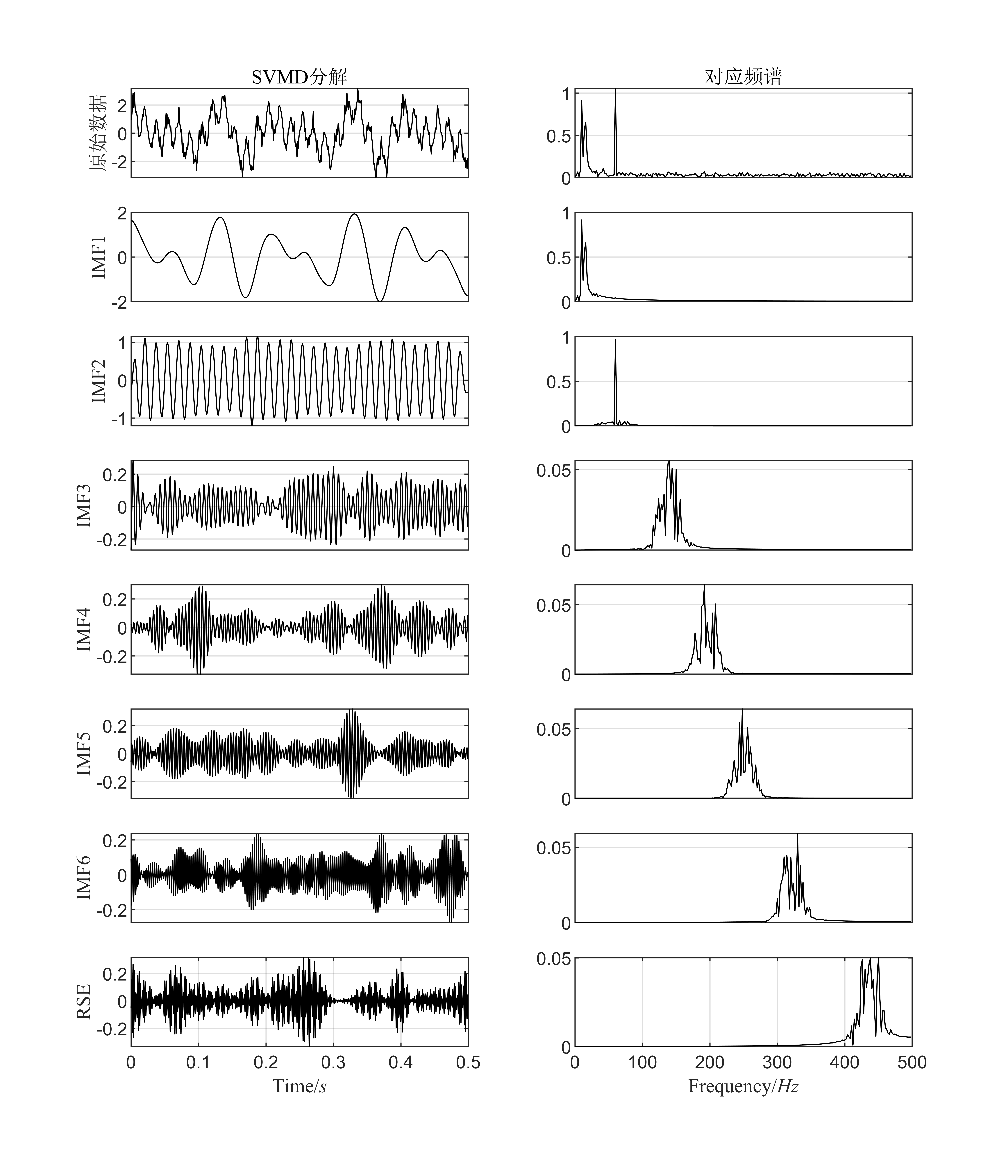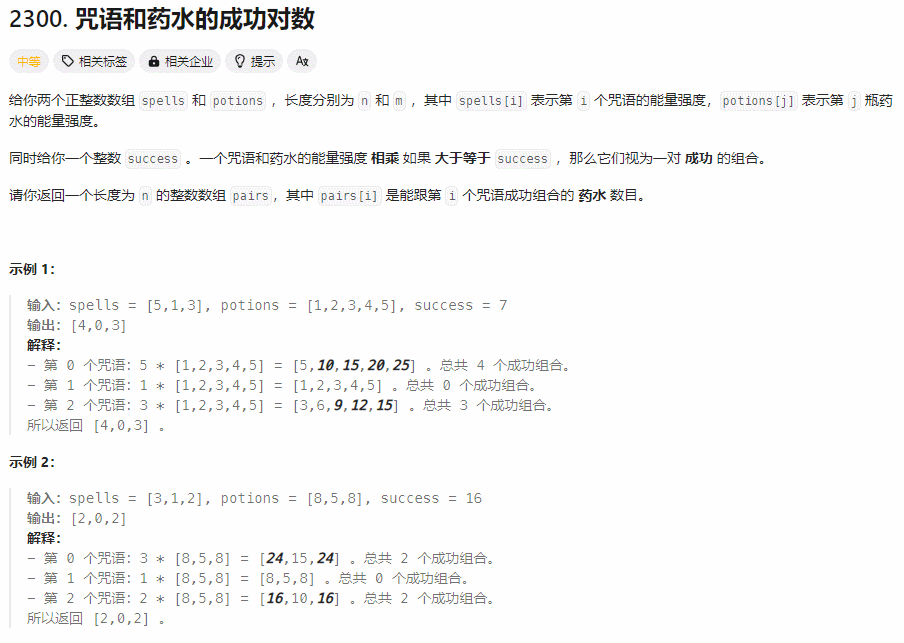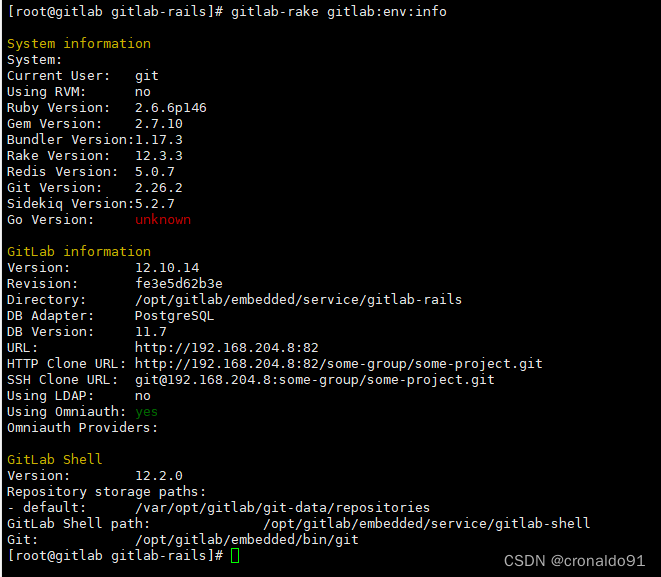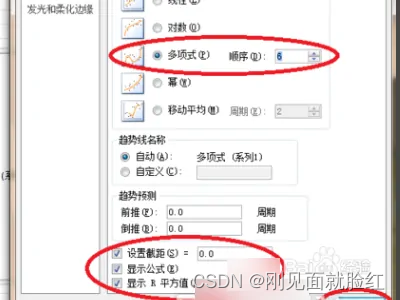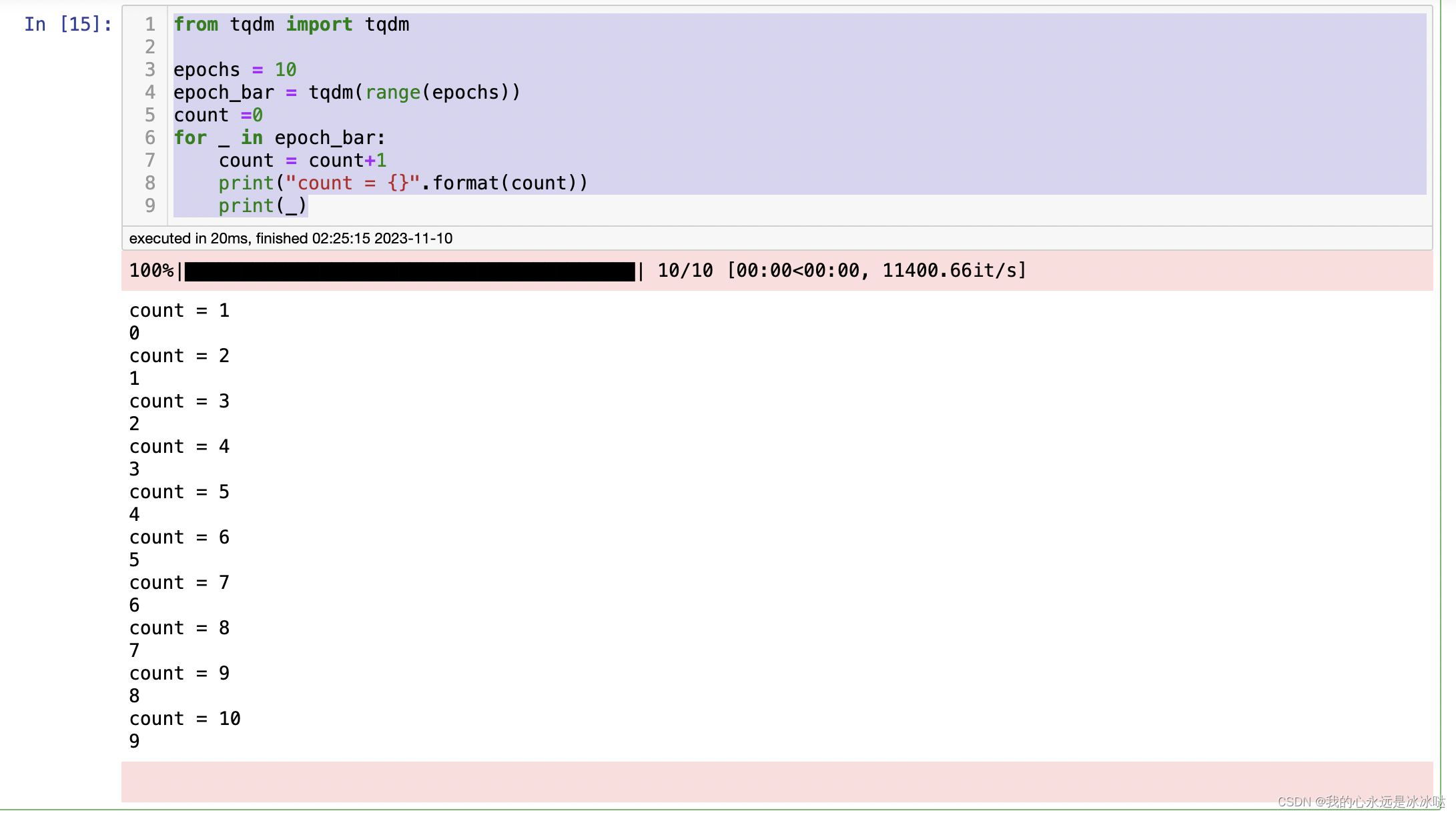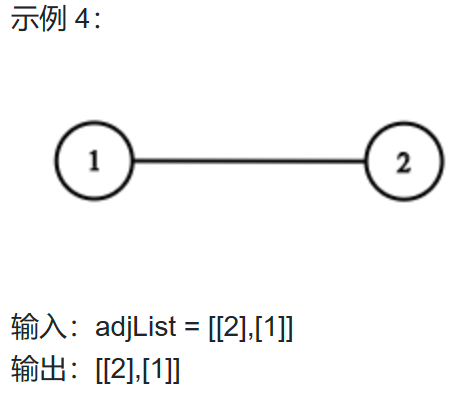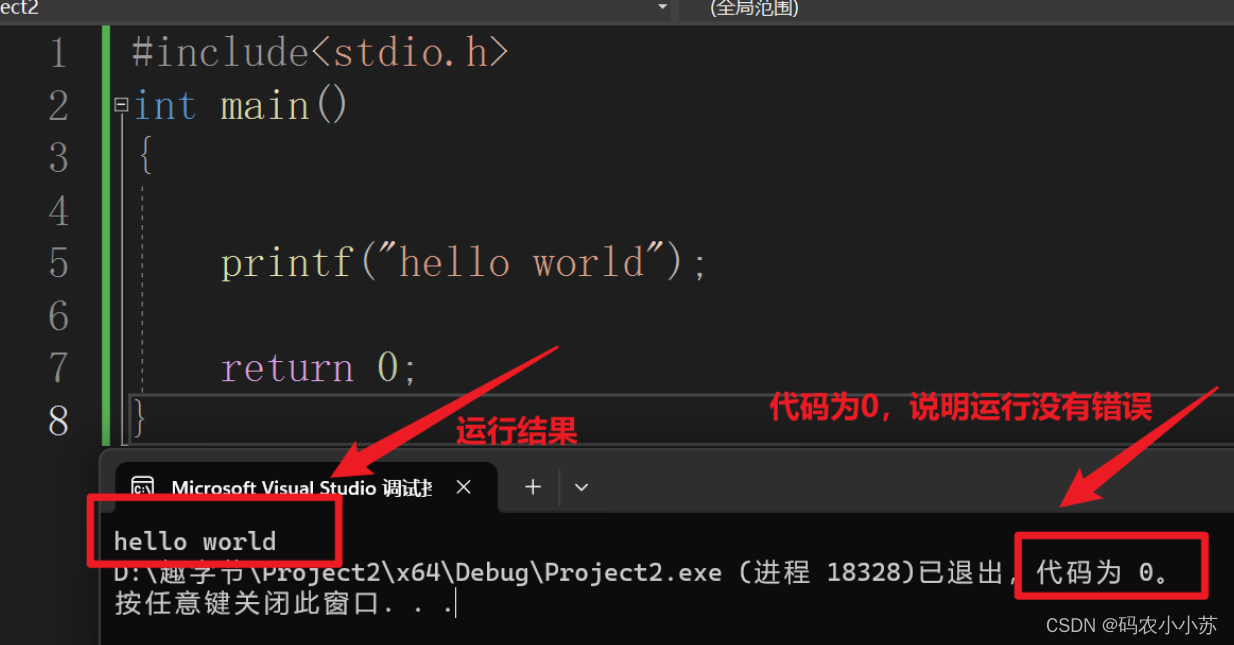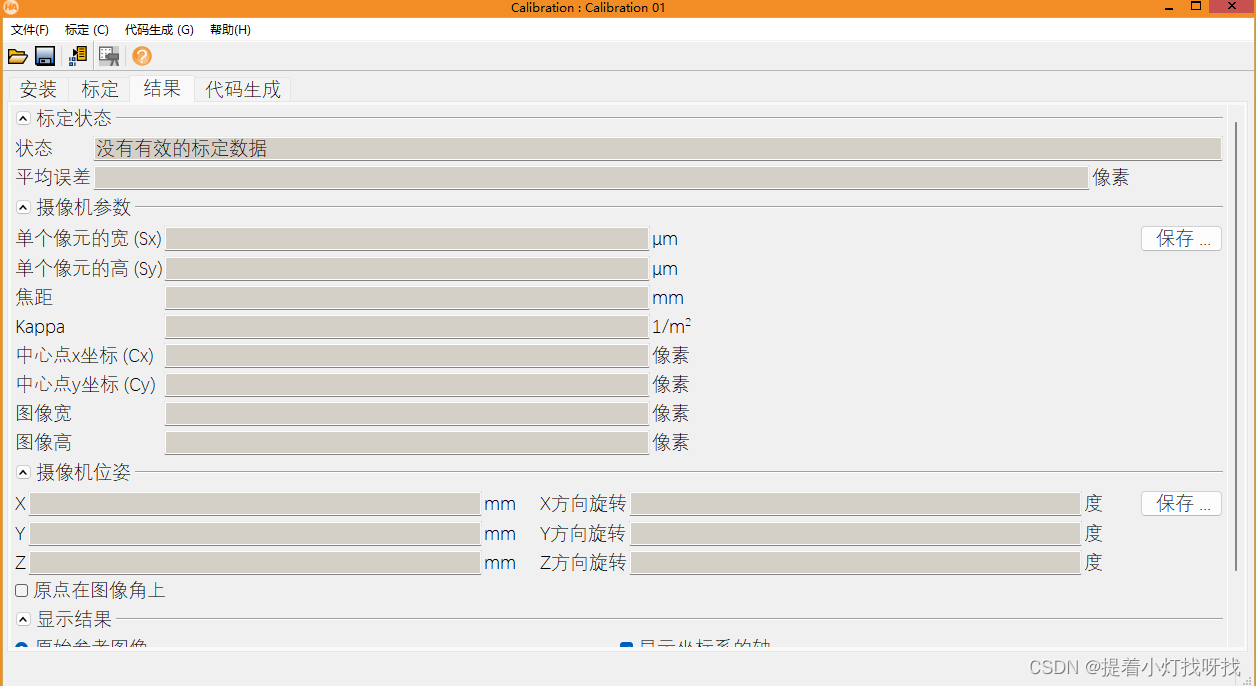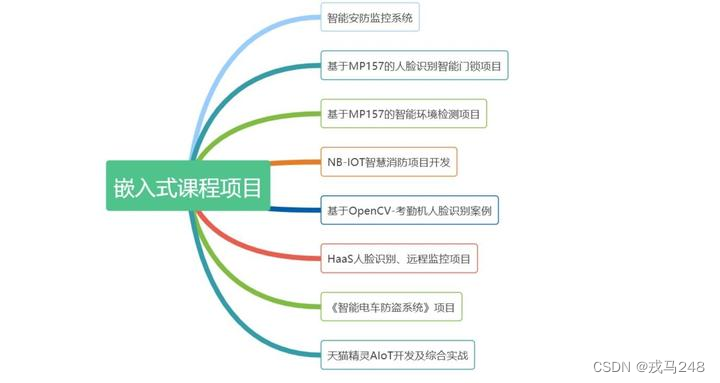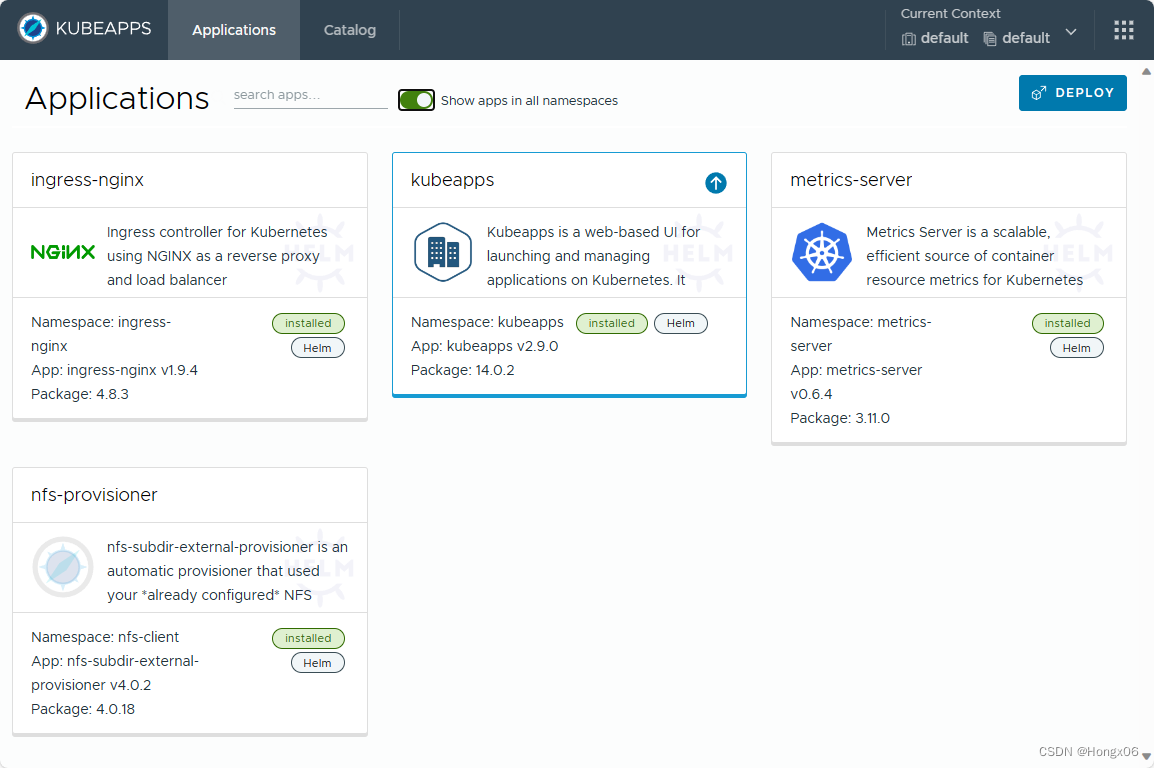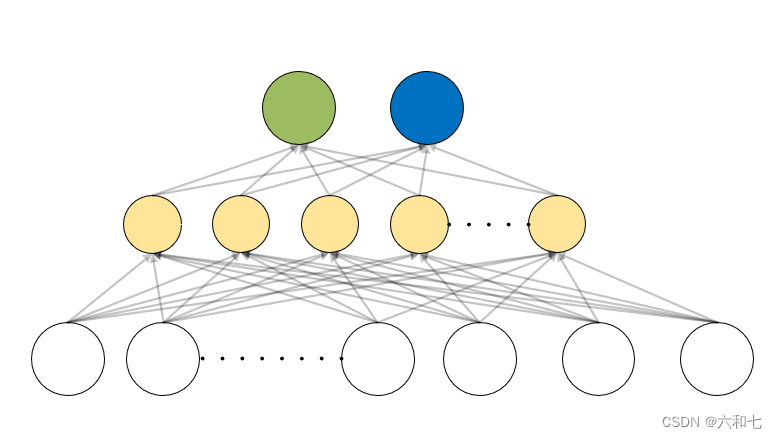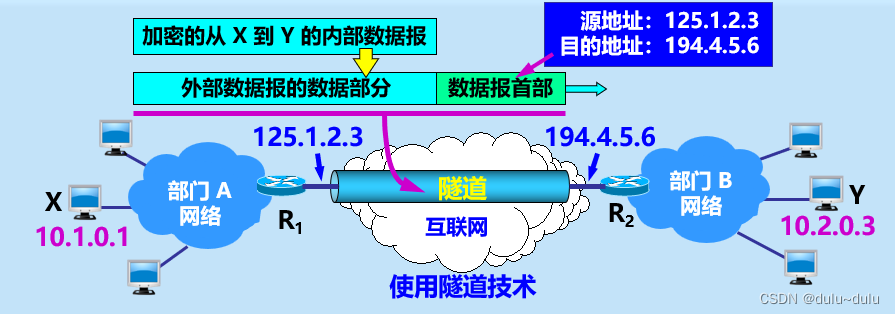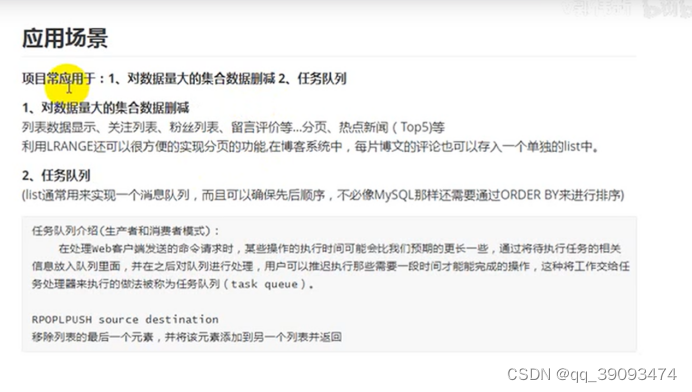目录
一、OpenFeign 参数传递和响应处理
1.1、feign 客户端参数传递
1.1.1、零散类型参数传递
1. 例如 querystring 方式传参
2. 例如路径方式传参
1.1.2、对象参数传递
1. 对象参数传递案例
1.1.3、数组参数传递
1. 数组传参案例
1.1.4、集合类型的参数传递(了解)
1.2、feign 客户端响应处理
1.2.1、天坑!
1.2.2、解决办法
案例一
案例二(复杂数据类型)
一、OpenFeign 参数传递和响应处理
1.1、feign 客户端参数传递
1.1.1、零散类型参数传递
OpenFeign 对零散类型参数传递有以下限制
- querystring 方式传递参数(例如 "/user?name=cyk" ):在 openfeign 接口声明中必须要给参数加入 @RequestParam 注解/
- restful 路径传参(例如 "/user/{id}/{name}" ):在 openfeign 接口声明中必须要给参数加入注解 @PathVariable 注解.
为什么 openfeign 要这样区分呢?
因为 openfeign 是 伪HttpClient 对象,我们在远程调用他的客户端提供的接口时,并不知道你到底是路径传参还是问号传参,因此需要通过注解的方式来指明传参方式(就像 Spring Web 一样,只不过 Spring Web 中如果没指明传参类型,底层会按默认方式走,而 openfeign 则没有).
1. 例如 querystring 方式传参
a)远程调用方
@RestController
@RequestMapping("/user")
public class UserController {
@Autowired
private ProductClient productClient;
@GetMapping("/test1")
public String test1(Long id) {
String info = productClient.getInfo(id);
System.out.println(info);
return "user ok! \n" + info;
}
}
b)服务提供方
@RestController
@RequestMapping("/product")
public class ProductController {
@GetMapping("/get_info")
public String getInfo(Long id) {
return "product ok! id=" + id;
}
}c)feign 客户端
@FeignClient(value = "product", configuration = LoadBalancerClientConfiguration.class)
public interface ProductClient {
@GetMapping("/product/get_info")
String getInfo(@RequestParam("id") Long id);
}d)测试结果:
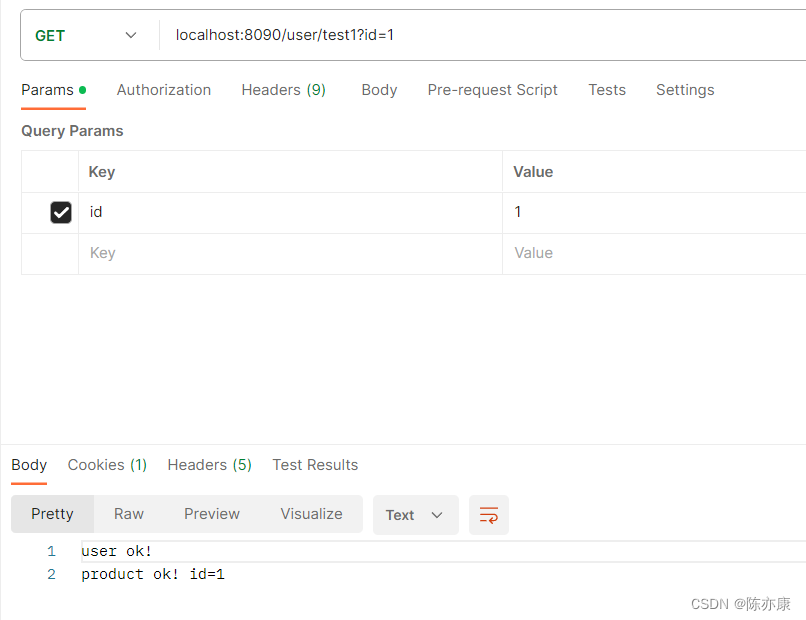
2. 例如路径方式传参
a)远程调用方
@RestController
@RequestMapping("/user")
public class UserController {
@Autowired
private ProductClient productClient;
@GetMapping("/test2")
public String test2(String name) {
String info = productClient.getName(name);
System.out.println(info);
return "user ok! \n" + info;
}
}
b)服务提供方
@RestController
@RequestMapping("/product")
public class ProductController {
@GetMapping("/{name}")
public String getName(@PathVariable("name") String name) {
return "product ok! name=" + name;
}
}c)feign 客户端
@FeignClient(value = "product", configuration = LoadBalancerClientConfiguration.class)
public interface ProductClient {
@GetMapping("/product/{name}")
String getName(@PathVariable("name") String name);
}
d)测试结果:
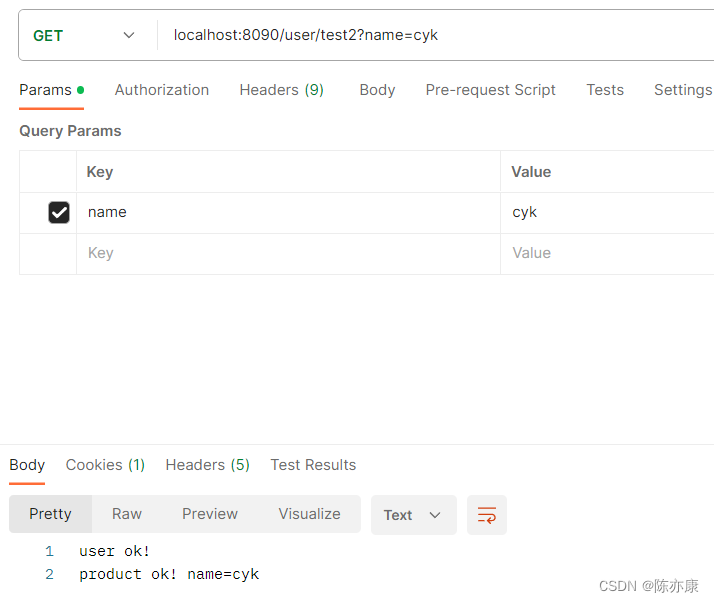
扩展:restful 和 问号传参的区别
RESTful 风格是一种基于 HTTP 协议的 API 设计风格,它通过使用不同的 HTTP 方法(GET、POST、PUT、DELETE 等)和不同的 URL 来表示不同的操作和资源。RESTful 风格的优点包括:
- 清晰、简洁的 URL 设计:RESTful 风格的 URL 通常比较简洁,易于理解和记忆,能够清晰地表达出资源的结构和操作。
- 良好的可扩展性:RESTful 风格的设计允许你在原有的 API 上添加新的资源和方法,而不会对原有的 API 造成影响。
- 支持缓存:RESTful 风格的 API 可以利用 HTTP 缓存机制,提高 API 的响应速度和性能。
- 跨平台、跨语言:RESTful 风格的 API 可以被不同的平台和语言调用,具有很好的兼容性和可集成性。
问号传参风格是一种通过在 URL 中使用问号传参的方式来传递参数的 API 设计风格。它的优点包括:
- 动态参数传递:问号传参风格允许你在 URL 中直接传递参数,可以方便地实现动态参数的传递。
- 支持复杂参数类型:问号传参风格可以支持复杂的数据类型,例如对象、数组等,能够更好地满足复杂参数传递的需求。
- 易于开发和实现:问号传参风格的 API 开发起来相对简单,容易实现和调试。
总的来说,如果你需要设计一个简单的 API,并且对性能和扩展性要求不高,问号传参风格可能是一个不错的选择。而如果你需要设计一个复杂的 API,需要支持缓存、扩展性、跨平台和跨语言等要求,那么 RESTful 风格可能更适合你的需求。
1.1.2、对象参数传递
对象参数传递方式有两种,一种是 form 表单提交,另一种是 application/json 方式(推荐),这里主要讲第二种方式(实际开发中用的).
openfeign 接口要求对象传参必须要使用 @RequestBody 注解指明类型.
原因:这就像是我们给后端传递一个 json 格式数据类型,然后后端使用 一个对象接收参数,并通过 @RequestBody 指明他是 json 格式.
注意:openfeign 中对象传参只能使用 POST,并且也符合使用习惯,最主要是因为 GET 请求传对象会报错 Method Not Allowed.
1. 对象参数传递案例
a)远程调用方
@RestController
@RequestMapping("/user")
public class UserController {
@Autowired
private ProductClient productClient;
@GetMapping("/test3")
public String test3(@RequestBody User user) {
user.setUsername(user.getUsername());
user.setPassword(user.getPassword());
String userinfo = productClient.getUser(user);
return "user ok! \n" + userinfo;
}
}b)服务提供方
@RestController
@RequestMapping("/product")
public class ProductController {
@PostMapping("/get_user")
public String getUser(@RequestBody User user) {
return "product ok! " + user.toString();
}
}
c)feign 客户端
@FeignClient(value = "product", configuration = LoadBalancerClientConfiguration.class)
public interface ProductClient {
//注意:openfeign 中对象传参只能使用 POST,并且也符合使用习惯
//GET 请求传对象会报错: Method Not Allowed
@PostMapping("/product/get_user")
String getUser(@RequestBody User user);
}
d)测试结果:
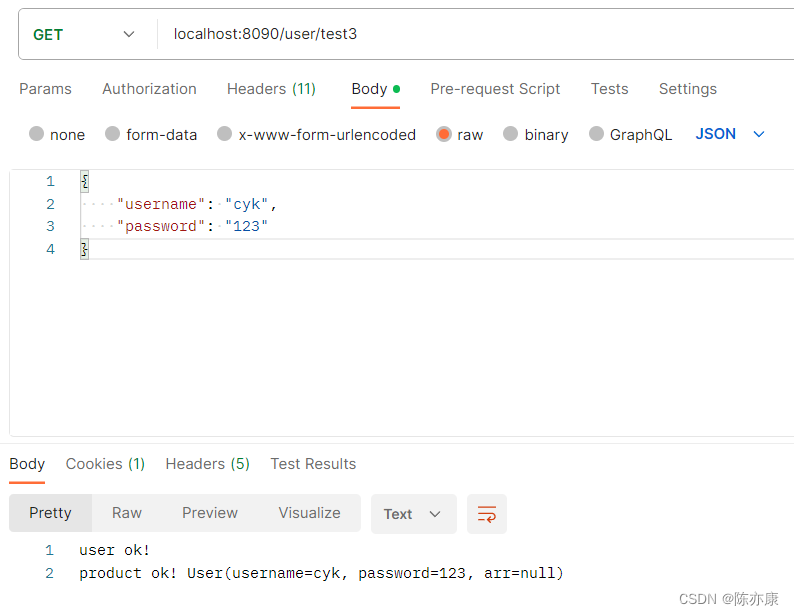
1.1.3、数组参数传递
数组参数传递要求在 feign 客户端接口使用 @RequestParam 注解指明参数类型.
原因:数组参数传递,实际上就是 querystring 方式传参,例如 " /user/?name=123&name=456&name=789 ",其中 name 就是数组.
1. 数组传参案例
a)远程调用方
@RestController
@RequestMapping("/user")
public class UserController {
@Autowired
private ProductClient productClient;
@GetMapping("/test4")
public String test4(String[] arr) {
String result = productClient.getArr(arr);
return "user ok! \n" + result;
}
}
b)服务提供方
@RestController
@RequestMapping("/product")
public class ProductController {
@GetMapping("/get_arr")
public String getArr(@RequestParam("arr") String[] arr) {
return "product ok!" + Arrays.toString(arr);
}
}
c)feign 客户端
@FeignClient(value = "product", configuration = LoadBalancerClientConfiguration.class)
public interface ProductClient {
@GetMapping("/product/get_arr")
String getArr(@RequestParam("arr") String[] arr);
}
d)测试结果

1.1.4、集合类型的参数传递(了解)
spring mvc 不能直接接收集合类型参数(例如 List)!如果一定要接收,需要将集合类型参数放入对象中,然后使用对象的方式传递.
例如如下:
@Data
public class User {
private String username;
private String password;
private List<String> arr;
}
这里就不演示了,因为 使用方式 以及 注意事项 和对象传递参数一样.
1.2、feign 客户端响应处理
1.2.1、天坑!
这里我们只需要知道一点就可以,Feign 客户端不能处理 Object 这种类型的返回格式!无论是对象中包含 Object 类型还是 Map 中存在 Object 类型....... 只要有他,就会出现各种格式问题.
例如,服务提供方传入的是一个 Long 类型,但是远程调用方接收到参数之后就变成了 Integer 类型(这里的处理,和 RabbitMQ 消息发送后的格式转化一个尿性),强转就会报以下错误:

ChatGPT 给出了以下解释:
这是因为 OpenFeign 在默认情况下会自动将对象和 Map 对象转换成 JSON 格式。它使用了 Jackson 作为默认的序列化/反序列化库。当你在使用 OpenFeign 进行远程调用时,返回的对象会被自动转换成 JSON 格式。
然而,需要注意的是,OpenFeign 只能处理简单的 Java 对象和 Map 对象,对于复杂的 Java 对象或包含特殊类型的对象,可能无法自动进行正确的序列化和反序列化。在这种情况下,你可能需要自定义序列化/反序列化方式,或者使用其他序列化库来替代默认的 Jackson。
1.2.2、解决办法
只要服务提供方的返回值类型涉及到 Object 、对象、Map 这些复杂类型,都可以在 Feign 客户端使用 String 类型作为接口返回值类型(因为 openfeign 会自动转换为 json 格式),远程调用方接收到响应之后,就可以使用 ObjectMapper.readValue() 反序列化成我们所需要的对象即可.
案例一
a)远程调用方
@RestController
@RequestMapping("/user")
public class UserController {
@Autowired
private ProductClient productClient;
@Autowired
private ObjectMapper objectMapper;
@SneakyThrows
@GetMapping("/test6")
public String test6() {
String data = productClient.getData();
Long finalData = objectMapper.readValue(data, Long.class);
return "user ok!" + finalData;
}
}
b)服务提供方
@RestController
@RequestMapping("/product")
public class ProductController {
@GetMapping("/get_data")
public Object getData() {
return 100L;
}
}
c)feign 客户端
@FeignClient(value = "product", configuration = LoadBalancerClientConfiguration.class)
public interface ProductClient {
@GetMapping("/product/get_data")
String getData();
}
测试结果:

案例二(复杂数据类型)
a)Feign 客户端接口响应类型
@Data
public class User {
private String username;
private String password;
private List<String> arr;
}
b)远程调用方
@RestController
@RequestMapping("/user")
public class UserController {
@Autowired
private ProductClient productClient;
@Autowired
private ObjectMapper objectMapper;
@GetMapping("/test5")
public String test5() throws JsonProcessingException {
User user = new User();
user.setUsername("cyk");
user.setPassword("1111");
List<String> arrayList = new ArrayList<>();
arrayList.add("aaa");
arrayList.add("bbb");
user.setArr(arrayList);
String userList = productClient.getUserList(user);
User user2 = objectMapper.readValue(userList, User.class);
System.out.println(user2);
return "user ok! \n" + userList;
}
}
c)服务提供方
@RestController
@RequestMapping("/product")
public class ProductController {
@PostMapping("/get_user_list")
public User getUserList(@RequestBody User user) {
return user;
}
}d)feign 客户端
@FeignClient(value = "product", configuration = LoadBalancerClientConfiguration.class)
public interface ProductClient {
@PostMapping("/product/get_user_list")
String getUserList(@RequestBody User user);
}
测试结果:





